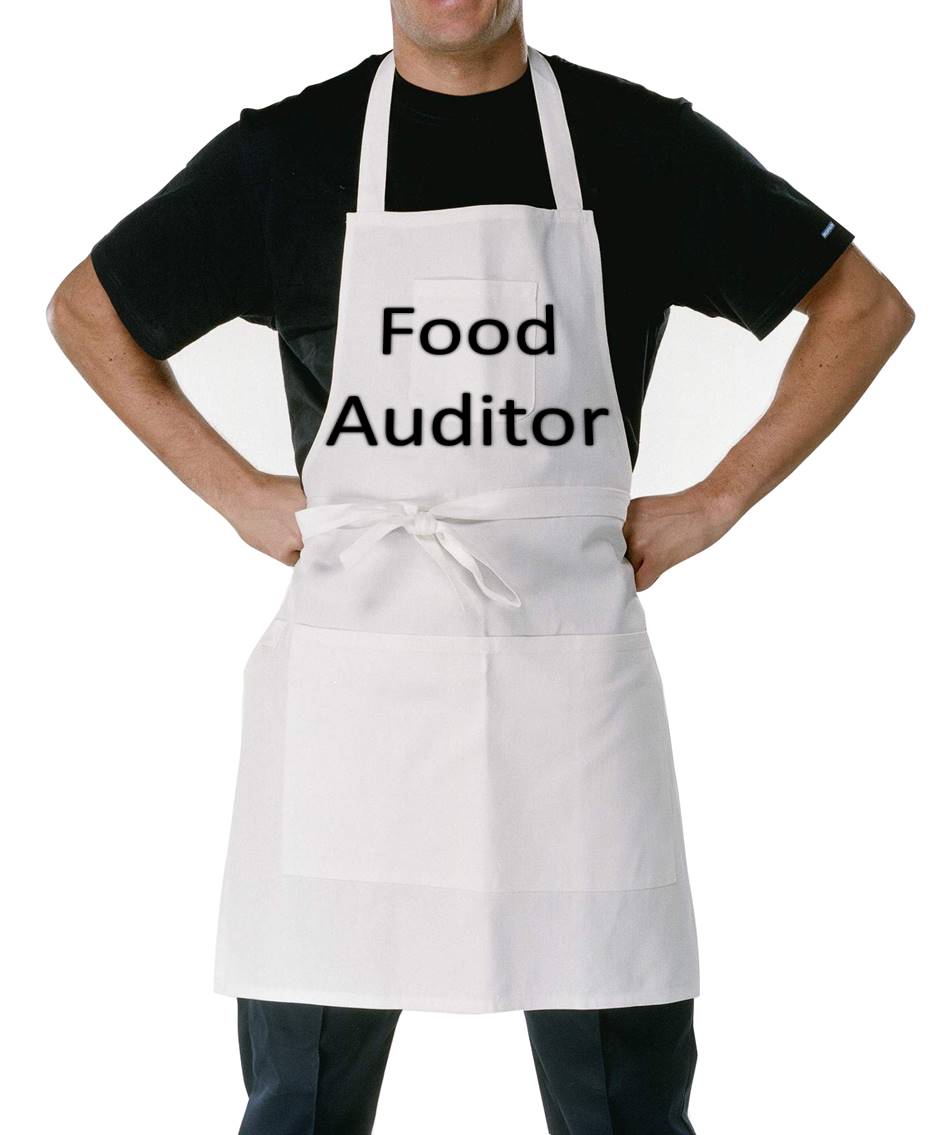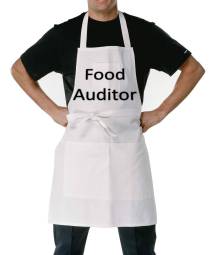There is this story about a fish. For the entire life, she was kept in an aquarium bowl. One day, her master decided to let her free in the ocean. But in the ocean also, the fish kept on revolving at one place as that’s the only thing she knew.
Auditors are like this fish. Right from their articleship, the only thing they are taught is to find mistakes. These are the people who ask the doctor about the sampling technique used before giving a blood sample. Wherever you put these auditors, they just start their audit process.
To prove this, we did a small experiment. We picked up an auditor and threw him in a kitchen with a cook. A normal person might have learnt some cooking tips or enjoyed his favourite dishes in kitchen. But auditors are special (read: abnormal). After spending a day in kitchen, he came out (actually thrown out by the cook!) with this- ‘ A Guide to Audit of a Kitchen’
AUDIT OF A KITCHEN
Kitchen is the production area of any household where raw materials such as potatoes, cheese, pulses are transformed into finished products called as breakfast, lunch or dinner, depending upon the time it is consumed. Various consumables like oil, ghee, spices are used to carry out the transformatiom process, called as cooking.
Being one of the biggest cost centre of any house, it is necessary that the kitchen is always working in the most efficient and effective manner. For this, it is recommended that an audit of cooking process is carried out each quarter by an external, independent agency. The audit process should follow the following guidelines-
1. Gaining Process Knowledge–
Visit any recipe site like tarladalal.com to learn about standards applicable during preparation of various items. Auditor may also refer tutorial videos of Sanjeev Kapoor for the same. During the exercise, special care should be given to technical jargons such as “namak swaad anusaar“. Also, the auditor should make himself comfortable with both Hindi and English name of spices, so that he is not struck with question like “Hing ko English mein kya bolte hai?”
2. System Walk through–
The auditor should visit the actual site i.e. kitchen and have a system walk-through of the cooking process. The walk through should include the purchasing process of raw materials and consumables, selection criteria for food to be cooked, process of cooking, estimations and the complaint handling process.
3. Audit Planning–
After becoming familiar with the whole process, the auditor should prepare an audit plan and check list of points to be covered. The check list may include checking of purchases, tasting the food before it is served, reconciliation of actual production vis a vis consumption, sample survey of consumers and the treatment given to scrap.
4. Execution–
- Purchases: The auditor should obtain the list of all purchases including vegetables, spices, cooking oil, and salads made during the audit period. On sampling basis, it should obtain the purchase orders and check if the tendering process has been adequately followed. If should be checked that the quotations from each vegetable seller has been obtained and the PO has been issued to L1 vendor after adequate bargaining. The quality certificates of purchases should also be checked. Analytical procedures must also be applied to check if purchases have been made on the basis of minimum order levels. Excess purchase of vegetables like gheeya and tori, should specifically be pointed out in the audit report.
- Stock: Details of stock lying in kitchen along with those under production should be obtained. Stock turnover ratio may be computed to determine fast, slow and non-moving items. A surprise physical verification may also conducted on the basis of ABC Analysis of different items. Material lying unused for a long period may be disposed off to a stray dog or cow. Special attention should be given to FoC (Free of Charge) items such as ketchup and chilly flakes sachets coming along with burgers and pizzas.
- Production Process: The process of production or the cooking is the most vital process of the system. It should be ensured that it is done by personnel having sufficient experience in this field. Auditor may ask such personnel to prepare items like gajar ka halwa to test their capabilities. It should be ensured that selection process of item to be prepared consider all the factors including available stock, health meter and the feedback of consumers. Items like baingan ka bharta should be discouraged. The efficiency ratio of gas usage for each item prepared should also be checked by auditor. In the end, each of the item prepared should be tasted by the auditor and given marks accordingly.
- Reconciliation: Reconciliation is done at two levels. The first is of raw material. Purchases should be reduced with standard level of consumption to arrive at closing stock. Any material deviation should be enquired into and reported accordingly. The second reconciliation is of finished product. The auditor should check the quantity of item produced and must reconcile it with the total number of people present. Adequate weighage should be given to the weight of each consumer. It should also be checked that whether any item left unused has been utilized the subsequent day.
- Consumer Feedback: The consumer feedback mechanism should also be checked. The auditor may conduct a sample survey regarding the quality of food. However, while conducting the survey it should be ensured that the cook had not prepared paneer that day.
5. Reporting– For reporting purpose, the auditor should note its weight before and after the audit on that basis must issue its report.
- If the weight has increased- The food prepared is unhealthy and unhygienic resulting in the problem of obesity among the consumers
- If the weight has reduced- The cooking process is unable to meet the demands of the people and as a result they are being forced to starve.
- If the weight remains same- The whole process of cooking is a waste and does not provide any benefit to the consumer.


